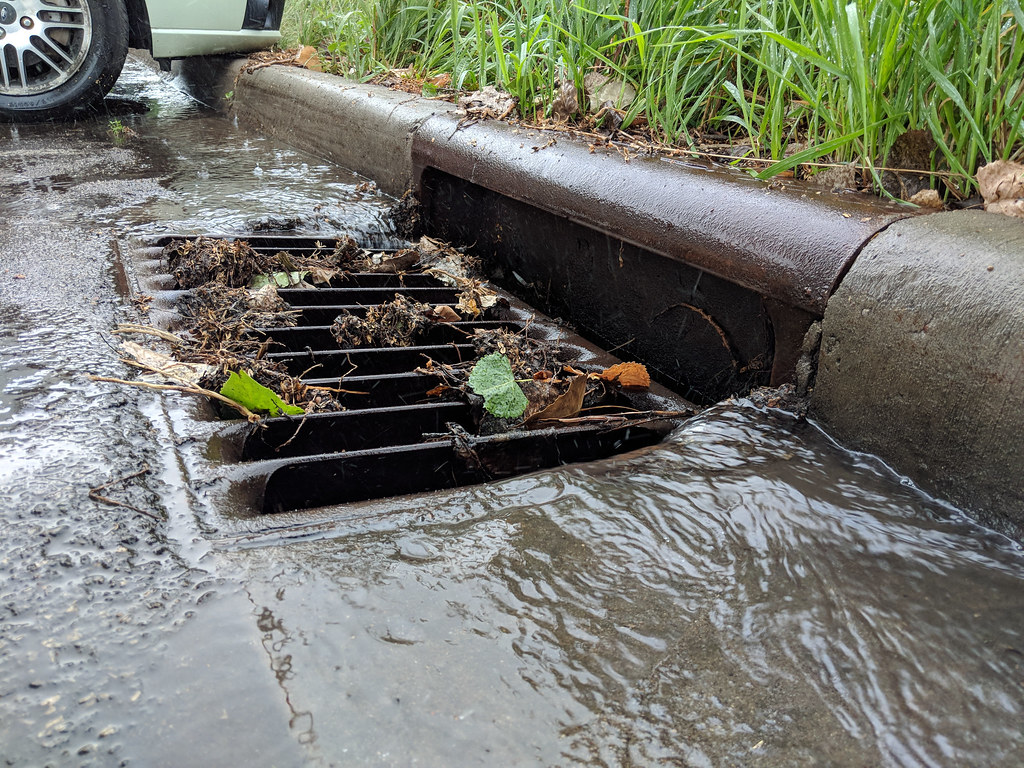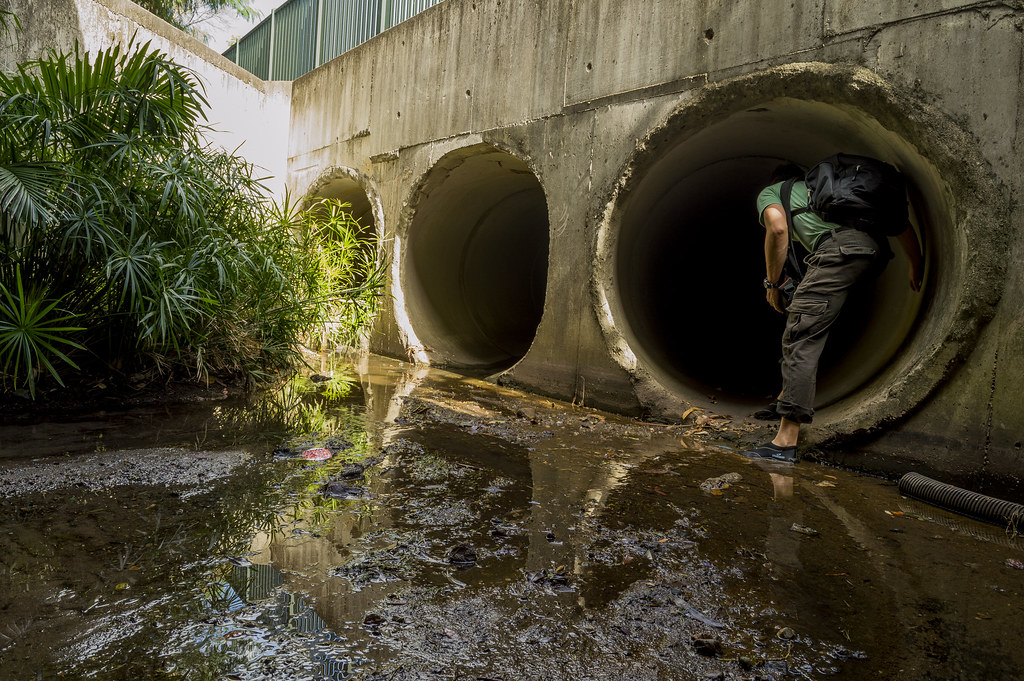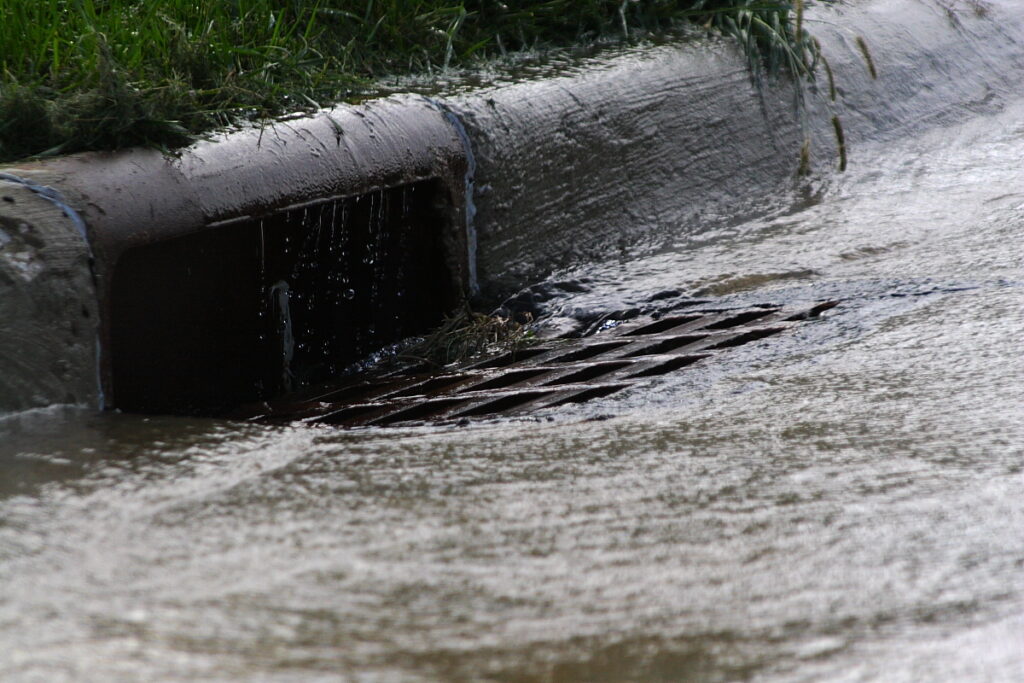Good day, folks! If you’re living it up in the land down under, you’ve probably heard about stormwater drainage. But what exactly is it, and why should you care? Let’s dive into this wet and wild topic, Aussie style!
What is a Stormwater Drainage System?
A stormwater drainage system is like a big pipe network. When it rains, some water soaks into the ground, but a lot of it runs off roofs, roads, and sidewalks. This runoff water can cause flooding if it’s not taken care of.
The stormwater drainage system is like a big underground pipe system that collects this water and carries it away to a safe place, like a river or a lake. This helps to stop flooding and keeps our streets dry.
Stormwater Drainage Facts: Australian Context
Stormwater drainage plays a crucial role in managing rainwater runoff in Australia, impacting various aspects:
Challenges
- Climate Change: Increasing frequency and intensity of extreme rainfall events pose significant challenges for existing drainage systems.
- Urbanization: Growing urban areas with increased impervious surfaces (e.g., paved roads, rooftops) reduce natural infiltration and lead to higher runoff volumes.
- Environmental Impacts: Untreated stormwater can pollute waterways with sediments, pollutants, and debris, harming aquatic ecosystems.
Regulations and Standards
- National Water Quality Management Strategy (NWQMS): Sets out national goals and policies for water quality, including stormwater management.
- State and Local Regulations: Each state and territory has specific regulations and guidelines for stormwater drainage design, outlining requirements and best practices.

Benefits of Effective Stormwater Drainage Design
Effective stormwater drainage design offers a multitude of benefits:
- Reduced Flood Risk: Mitigates the risk of flooding in urban areas by efficiently managing runoff.
- Improved Water Quality: Protects waterways from pollution by treating and filtering stormwater before it enters the environment. This is achieved through well-designed features like rain gardens and bioretention basins.
- Enhanced Urban Environment: Creates more attractive and liveable urban spaces by incorporating green infrastructure (e.g., rain gardens, swales) alongside traditional gray infrastructure (pipes, channels).
The Importance of Proper Stormwater Drainage Design
You know those massive rainfall events like the 2021 Sydney floods? They’re a stark reminder of how vital a city’s storm drain system is for keeping us safe. Poorly designed stormwater drainage can lead to:
- Increased risk of flooding
- Waterway pollution from untreated runoff
- Property damage from erosion
Stormwater Drainage System Components
Stormwater drainage systems consist of two main parts
Site Drainage
This deals with rain that falls directly on your property. Effective site drainage design is crucial for managing rainwater runoff from your house and land. Here are some key components
- Gutters and downpipes: Collect and channel rainwater from your roof.
- Hard surfaces: Driveways, pathways, and car parks can be designed to allow for infiltration or incorporate drainage features like channels or swales.
- Soft landscaping: Permeable surfaces with plants and soil absorb rainwater and reduce runoff.
- Rain gardens: Beautiful gardens that soak up rainwater like a sponge.
- Underground storage tanks: Hidden reservoirs for excess rainwater.
- Above-ground storage basins: Fancy name for above-ground water storage.
Civil Drainage
This large-scale system manages stormwater across entire cities. Here are some of the components involved:
- Natural watercourses: Rivers, creeks, and other natural drainage channels.
- Channels: Man-made waterways that guide stormwater flow.
- Stormwater drains: Networks of pipes that collect and transport rainwater runoff.
- Catchments: Defined areas that drain into specific stormwater structures.
- Stormwater quality improvement devices: Traps, filters, and other features that remove pollutants from stormwater before it enters waterways.
- Dams: Large reservoirs for storing excess stormwater.
When Is Professional Design Required?
Builders, plumbers, owners, architects, and certifiers can prevent the risks of ineffective drainage systems by choosing our site-specific designs. Each detailed PDF report, signed by a registered engineer, includes
- Optimal pipe layout from service point to discharge point
- Specifications for pipework articulation, sizes, grades, invert levels, and cover requirements
- Recommendations for special systems like rainwater retention and stormwater detention tanks, in-ground infiltration systems, and surface drainage solutions.
These designs ensure efficient water management, compliance with regulations, and long-term performance for your projects.
Rain or Shine, Stay Dry: Expert Stormwater Drainage Design
Don’t let rain wreck your home or your neighbor’s! We design complete stormwater systems, routing roof water to the city discharge point. Our engineers consider your property (soil, structures, slope) and preferences to create a custom drainage plan that keeps your basement dry
How Stormwater Drainage Design Works for Your Home
When it rains, water follows the contours of your land. Gutters and drains collect and direct it towards on-site detention systems like rain gardens or underground storage tanks. These systems temporarily store excess rainwater and control its release rate into the civil drainage system downstream. This controlled release prevents flooding and protects local waterways from sudden runoff surges.
Why Stormwater Drainage Is Crucial
Stormwater is dirty rainwater. When rain falls on roads and buildings, it can’t soak into the ground. Instead, it picks up dirt and pollution and rushes into our rivers and lakes. This can harm plants and animals, making drinking our water unsafe. Plus, too much water can cause floods.

Stormwater Drainage Design: Why Professional Help Matters
Stormwater drainage design is a complex task best left to qualified professionals like stormwater engineers and hydraulic engineers. They consider various factors like
- Land topography: Slope, elevation changes, and natural drainage patterns of the land.
- Soil types: Permeability of the soil, which affects infiltration rates.
- Rainfall intensity: The expected amount and rate of rainfall in your area.
- Local regulations and standards: Ensure the design complies with all relevant requirements.
By considering these factors, stormwater engineers design effective drainage systems that manage rainwater runoff efficiently while minimizing environmental impact.
Who Builds Stormwater Drainage Systems?
Building these systems requires qualified stormwater drainage contractors. In NSW, for example, only licensed contractors can handle storm drain work. Additionally, approvals from local councils or Sydney Water might be necessary, especially if the system connects to natural waterways.
Planning for a Dry Tomorrow
Storm drain systems are planned early in the development phase before any new buildings go up. They’re built at different stages depending on the project – from the slab stage for dwellings to early stages for subdivisions.
So there you have it, mates! Stormwater drainage in a nutshell. It’s like having an umbrella for your property – keeping it dry and safe when the clouds burst. Remember, good drainage means a happy property and a healthier environment for all of us. Cheers to staying dry down under!
Protect your property from floods and pollution with expert stormwater drainage design. Contact our experienced engineers today for a custom drainage plan tailored to your needs.
FAQs
How does a stormwater drainage system work?
Stormwater drainage systems collect rainwater from roofs and surfaces, channeling it through pipes and drains to prevent flooding and protect water quality.
What are the key factors in stormwater drainage design?
Key factors in stormwater drainage design include accurately predicting rainfall, calculating water flow rates, and prioritizing water quality to protect our environment.
What is the principle of stormwater drainage design?
Stormwater drainage design focuses on managing rainwater runoff by considering land characteristics, water volume, and factors like soil type, topography, rainfall patterns, and existing infrastructure to prevent flooding, erosion, and water pollution.





